Attention: Before reading this article, you have lost the hours that you could not get back, the energy that it is very difficult to replace, and perhaps the capital you spend with obscurity. What if you could go back to the beginning and put your plan into action with knowing exactly what to do?
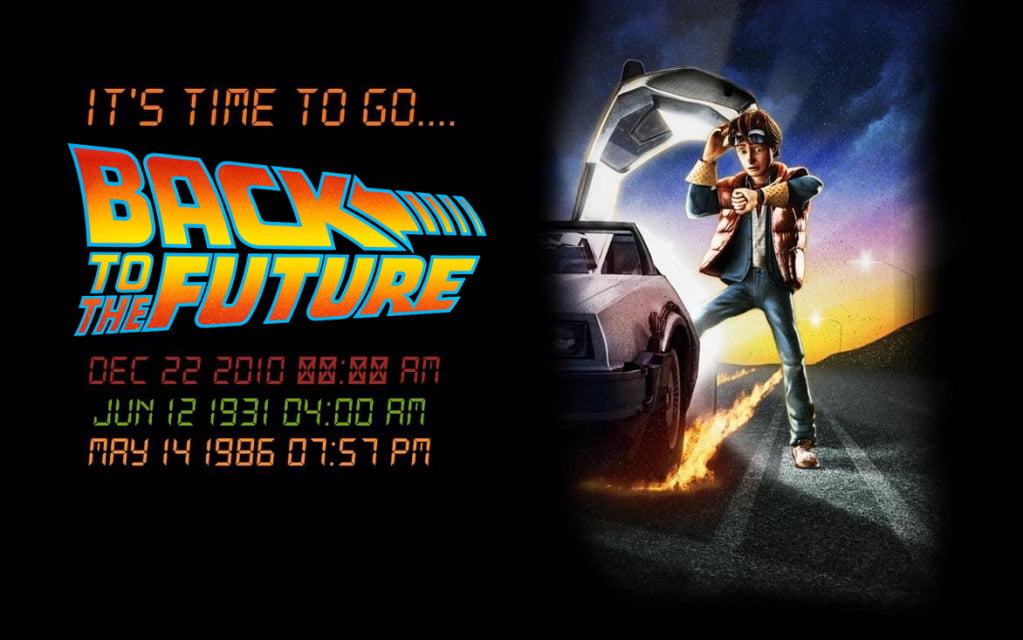
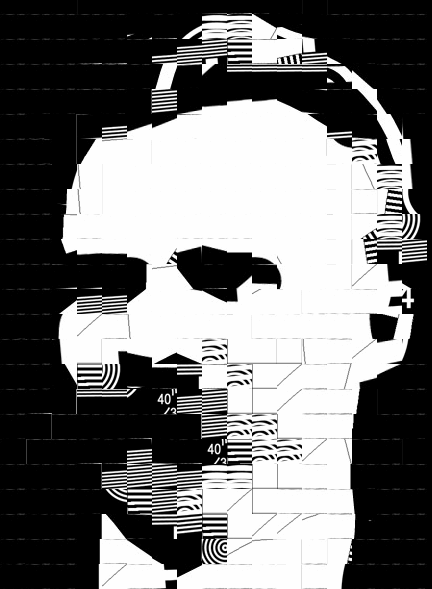
The German philosopher Nietzsche, whom I follow closely and give a special value to his thoughts, has a very good saying that every one of us should keep it in mind and explain a little more about why we need this article: “The snake which cannot cast its skin has to die. As well the minds which are prevented from changing their opinions; they cease to be mind.”
In this world, where no man ever steps in the same river twice, it would not be convincing to say that we can be successful today with the strategies of past decades/centuries and the perspective on events in past centuries. With the unstoppable development of technology, competition in every field has increased exponentially. Even if the definition of being successful is still the same for you, it is an undoubted fact that its method has changed. So what are the concepts that will take you one step ahead of others in the changing competitive environment of this changing world?
- Multidisciplinary approach
- Originality
- Courage and ability to questioning

For me, the most prominent among them is to approach events, situations, and people from a multidisciplinary perspective. Actually, in short, to be able to apply multidisciplinarity in all areas of life. Because this point of view will push you to question what you already know and the result you reach as a result of the questioning will reflect your originality.
Ok then, what are the 5 most important steps that should be taken to be a multidisciplinary person?
1* UNDERSTANDING MULTIDISCIPLINARY
First of all, what we need to do is to understand this concept that we have talked about and will continue to speak. When we begin to study the word itself, we can already see what our first step is. To be multidisciplinary, that is, to be multi-branch, multi-field and to have the necessary knowledge in these fields.
As the famous Turkish businessman, Sakıp Sabancı said, “You should know a bit of everything and everything about one thing?” Always try to adapt the information you have learned from different disciplines to a problem that does not belong to that discipline, by crossing the boundaries of the environment you are in. This approach will increase your chances of reaching a solution. Because now you will try to slipe the bread with multiple and sharp knives, not with the same knife.

- Sometimes your bread might be hard and it may take a long time to find the knife you need.
- Sometimes the moment that you strive mightily, you could be cut off your hands and become hopeless.
- Sometimes bread can cut into pieces on its own and you might believe mistakenly that you’ve never needed a knife.
However, one thing is certain, when you sharpen your knives, they will become much stronger than they were at the beginning and make your job easier.
2* DO NOT BE A DUCK!

Note that having knowledge in every area does not mean being a duck. Ducks go both on the land, swim in the creek and fly in the sky. But they can neither run like a cheetah, swim like a fish, nor fly like an eagle. Even if you forget everything in this article, the most important thing to keep in mind should be “Not being a duck”. You will believe that in a certain period of your life, you can develop yourself in every field you are interested in and you can carry out more than one job at the same time. However, it will not take you much time to realize that this is not real and it will not be easy to get rid of the
reality you believe in and create in your dream world. So what you need to do is determine the level you need and the degree of importance for you when you start a business or begin to interest in different topics. Score every topic you wonder based on specific parameters.
To give an example:
- Your need
- Your interest
- Its importance in the world
- The effort you will spend
- Whether it’s widespread information or not
As a result of this evaluation, you will already have determined issues that you should attach importance to. It will remain to create a long-term strategy for you, by specializing in those issues, and others, by always feeding enough food to stimulate your curiosity. Quantities may vary from person to person, but if I need to give examples from myself, I started to intensify my research on these 2 topics: Religion-Science-Philosophy relationship and World War II history.

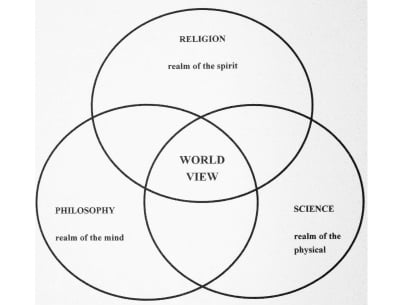
I can say that the experience of studying in these specific areas has made me a completely different person. Until then, when I had never read a book, I had become a book finisher in 2 days. Thanks to that starting point, even after 3 years, I do not neglect to read at least 50 pages every day and the best part of the job is that I can read books in every field such as literature, art, business development, biography. I am sure that if you start by specializing in 2-3 areas that you have determined according to your own importance ranking, the point you evolved at the end of the job will enable you to have a voice in every environment you enter.
3* SELECT 2-3 AREAS DISTANT FROM EACH OTHER
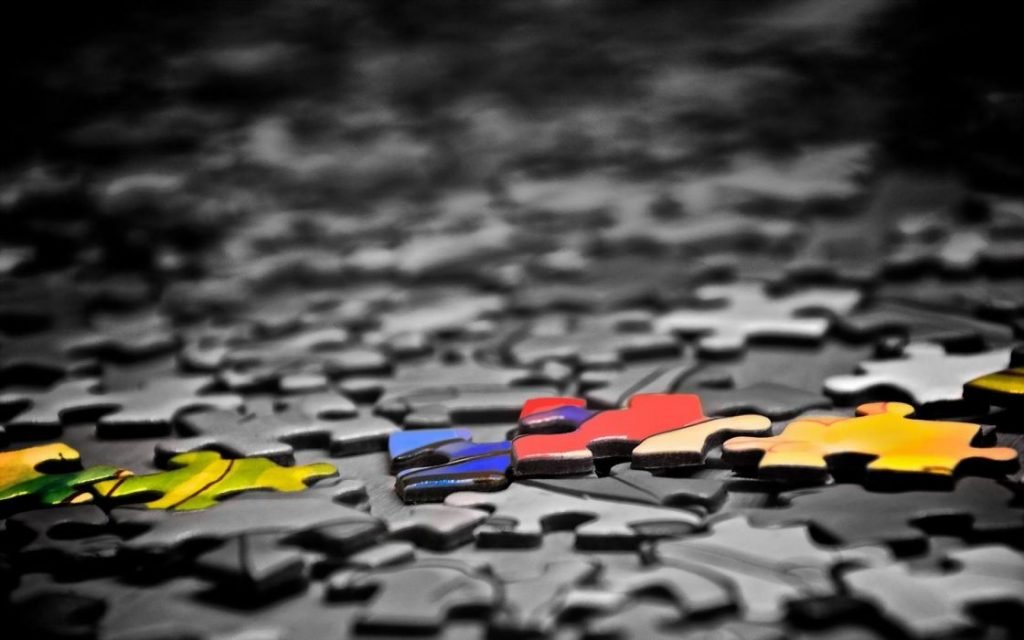
Considering a simple description, think the pieces of the puzzle. You will notice that each one has different boundaries. But at the end of the day, you will find that the boundaries of those different pieces you combine to get that big picture exist to complement each other.
Imagine what a puzzle of thousands of the same piece might look like, wouldn’t it be nice? You should keep in mind that the pieces that symbolize the areas that we consider distant to each other form a meaningful whole by uniting in a region of the puzzle.
Try to avoid similarity and sameness as much as you can, because these concepts will drag you into ordinariness. Note that Step 3 also makes a big contribution to creating your authenticity. These areas, which are accepted irrelevant and absurd to each other may give you a unique approach.
Anyway, if you are not fooled by your opinion, you are not creative enough. If you just put it on top of the existing one, you do nothing but build a wall by increasing the length of the red bricks. However, if you bring yellow, blue and white to the red bricks; At the end of the day, you even have the chance to create the most beautiful artwork in the world, ‘although what you are building is still a wall’.
4* COMMON POINTS
Imagine that a puzzle of a thousand pieces is scattered in front of you right now. When I asked you to start making the puzzle, did you realize that what you are focusing on is not the middle of the pieces, itself, or a whole altogether? The first thing you focused on was the edges of the parts, you did this even before looking at the picture on that part. Because to overcome this problem, you realize that there is something more important than how beautiful the picture in that part is or what part of the picture it contains. This thing: finding other pieces that have the potential to merge with it, and will come together in a meaningful shape when combined.
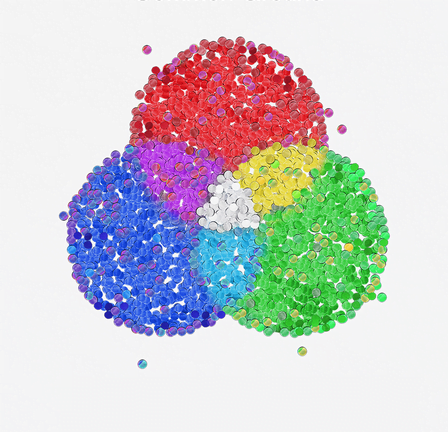
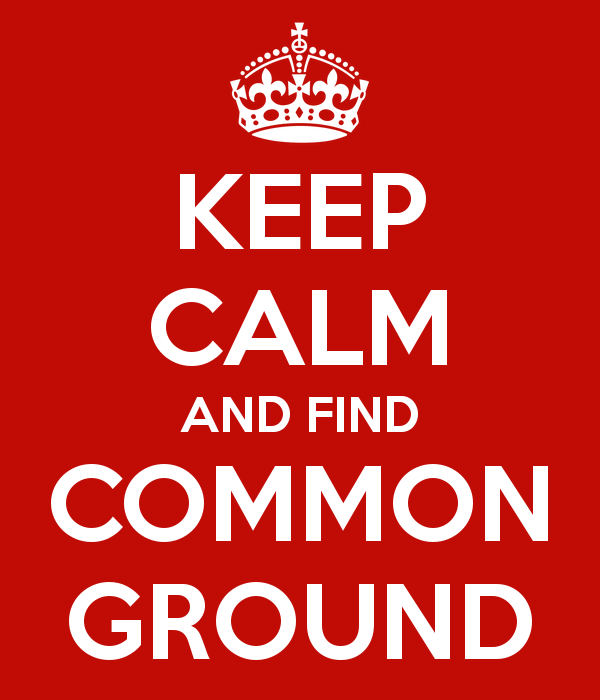
Here you should do exactly that in your life. While looking for the pieces of the puzzle in the different areas you want to create at the end of the day, focus on the points you can relate to by instead of looking at their content, ‘to the edges’. If science and philosophy is your chosen subject, then try to find common points of science and philosophy. Realize that philosophy is at the root of all sciences. While doing all this, make sure that you do not disturb the balance by increasing the weight of an area unevenly, look for common ground.
Tip: When looking for ‘common’ points, keep in mind that looking at ‘middle’ points will reach you to the solution as quickly as possible. Try to approach from the distance where both areas are closest to each other.
5* BLEND, DON'T BE INCONSISTENT
If you have decided to inform yourself up to the threshold value in many areas until the 5th step if you have chosen 2-3 distant areas specific to you and started to specialize in them and find the partner points, we have the last step in the queue. Do not just leave the process that you started with the intersection of these areas with the edges of the jigsaw pieces.
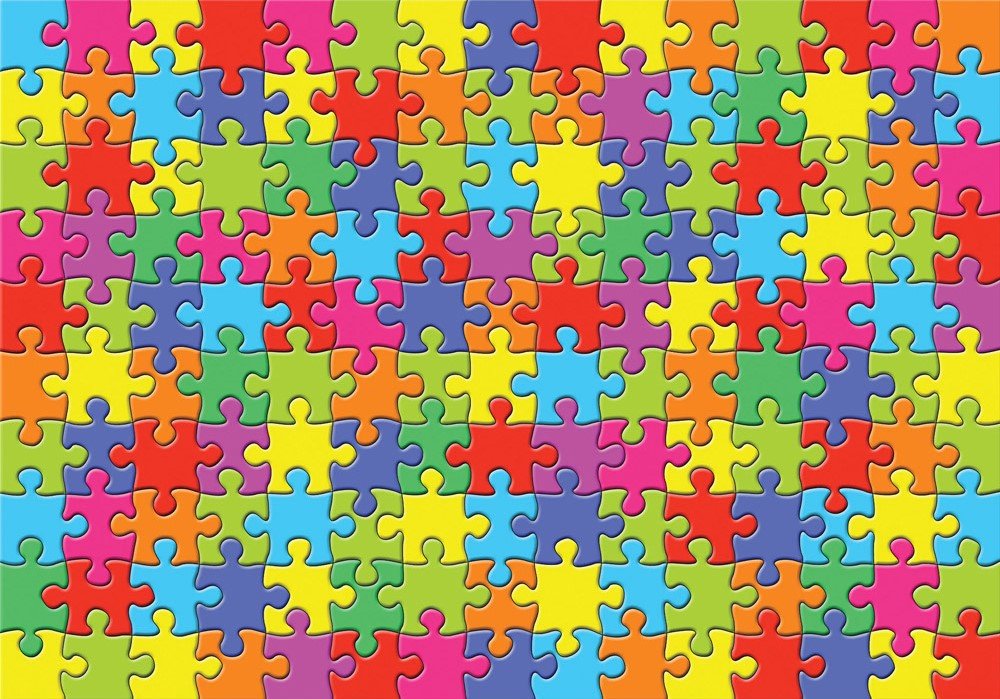
Sometimes you get such parts that it fits together, it fits well. However, when you look at the specific features they have outside of the intersections of the parts, you will realize that these parts do not form a harmonious whole. To prevent such errors, try to blend the areas you have chosen, do not be inconsistent.
Maybe you can complete the puzzle just by looking at the intersection points and bringing together the pieces. However, even if your puzzle does not produce a meaningful picture at the end of the day, or if only a few pieces in the upper left corner of your 1000-piece puzzle are mismatched, this will damage your entire image. Your weakest part will be the most sensitive point to be used to measure your value.
For this reason, make sure that every piece you put/want to put in your puzzle is compatible and consistent with each other, blend it. The best example I can give under this title is Leonardo da Vinci, who has left his mark on the Renaissance period. Just do a Google search to find out why he’s the best person under this title. If you read the summary on Wikipedia:
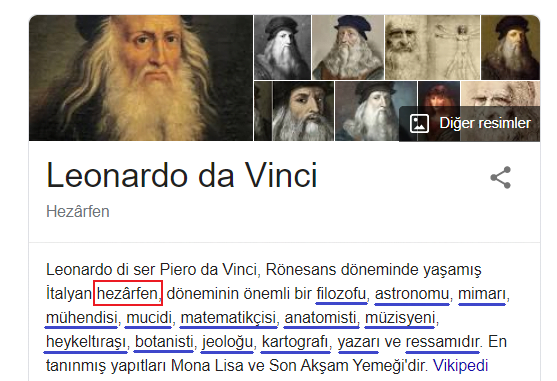
Well, a question I do not have the answer to you:
* Do you think Leonardo da Vinci was the best philosopher of his time? Was he the best astronomer, architect, engineer..?
* In addition to your answer:
Do you think da Vinci was a good philosopher? Was he a good astronomer, architect, engineer, mathematician..?
Perhaps what you have to do in this life is to try to be good in multiple fields and to reach what has not been done before by blending them, to look at the world from a new perspective. Because now instead of the best architect and astronomer of that period, “Leonardo da Vinci” is the person that everyone remembers, knows and inspires.
Ruben Chavez has a saying that I love very much: “The person you will be in 5 years is based on the books you read and the people you surround yourself with today.” Are you the person you want to be after 5 years or are you working the way you want to be like that person?
- Leonardo da Vinci (…)
- Benjamin Franklin (publisher, writer, inventor, philosopher, scientist, politician and diplomat)
- Isaac Newton (physicist, mathematician, astronomer, inventor, philosopher, theologian)
- Galileo Galilei (astronomer, physicist, engineer, philosopher and mathematician)
and many more… - Who knows, maybe someday you?
I have to share this inspiring ad with you:
Be crazy, be incompatible. Be round in a place full of squares. See things differently and expand your perspective and be multidisciplinary to do this. Most importantly, never lose your faith and hope, see you in my next post. Make different the first day of your remaining life today.

Bahrican Yesil
Bogazici University, Computer Engineering

About ‘the creative mind’ and procrastination… – Self-taught Creativity Blog
[…] How can we be a multidisciplinary person in 5 Basic Steps in the 21st Century? […]